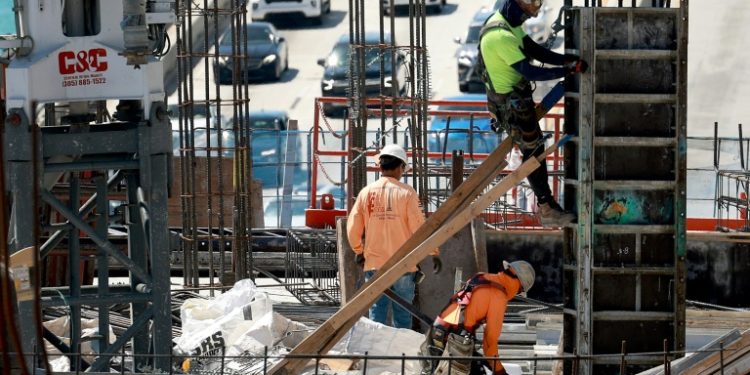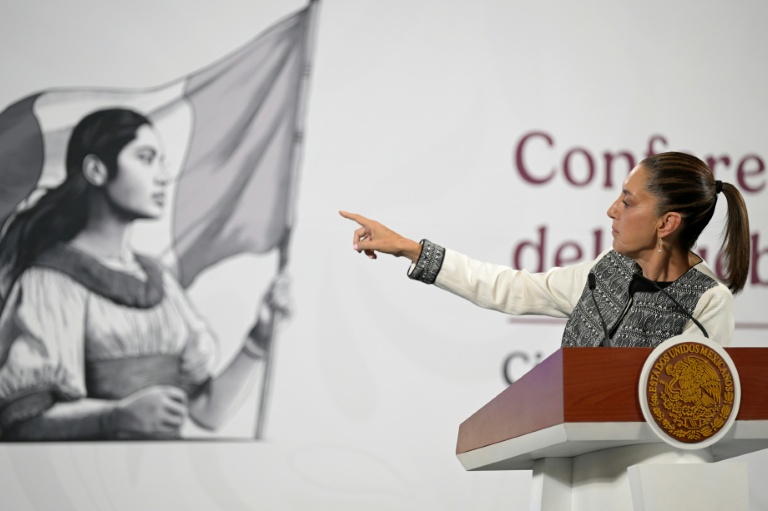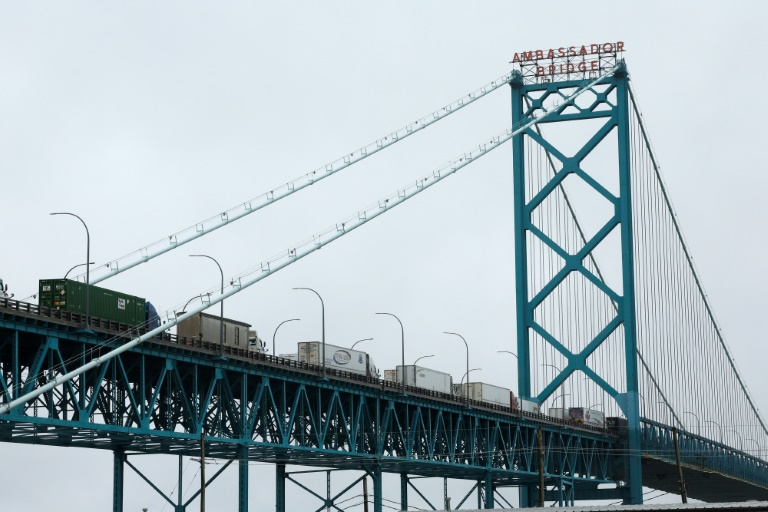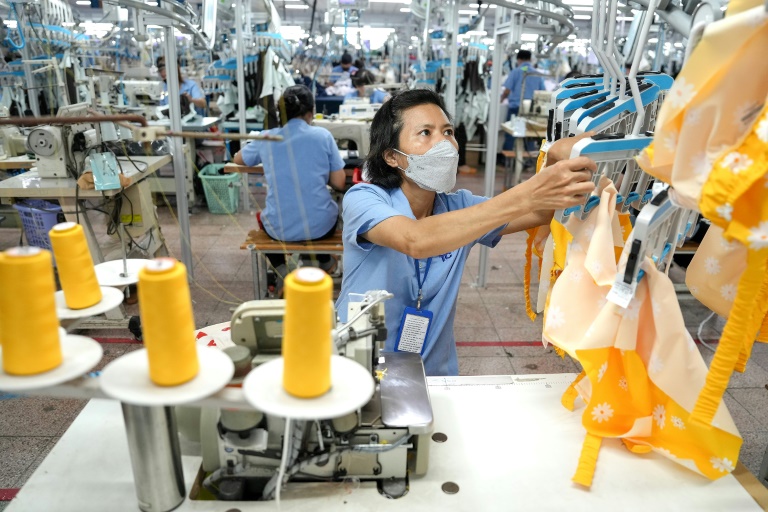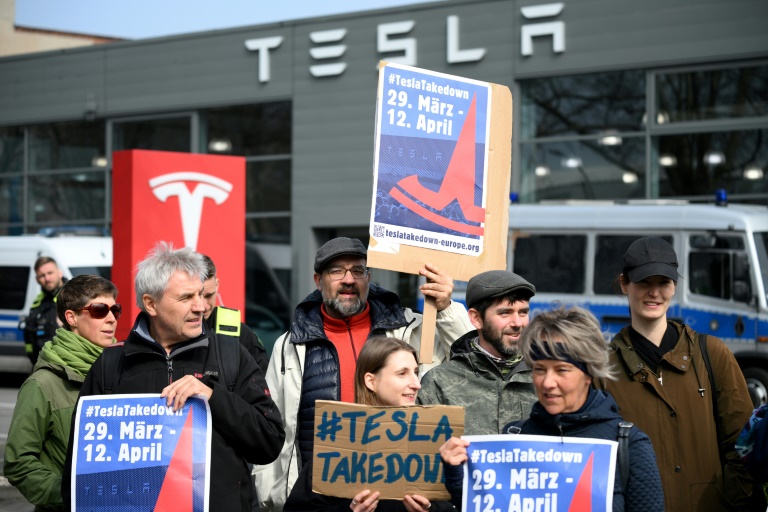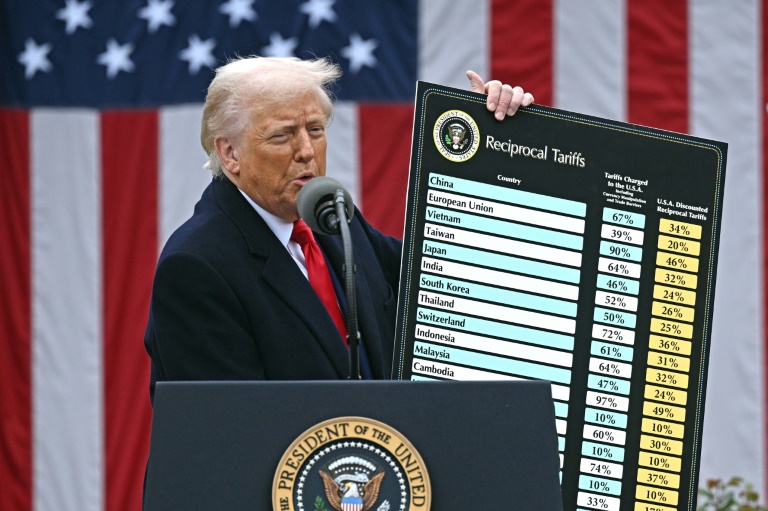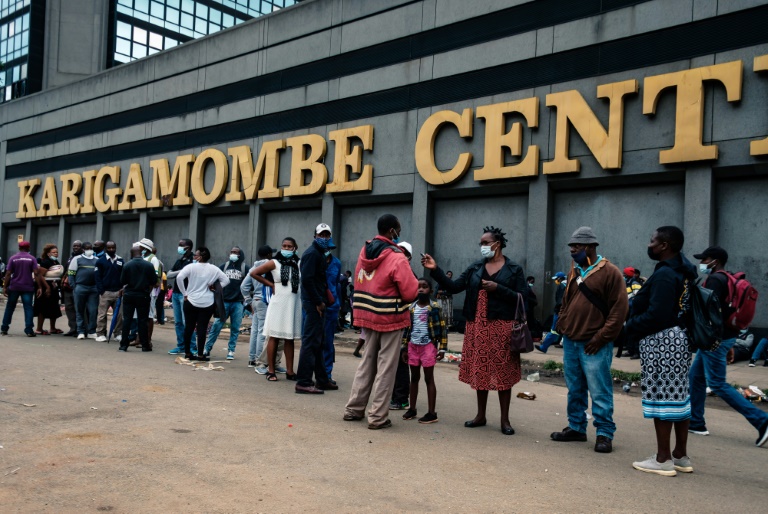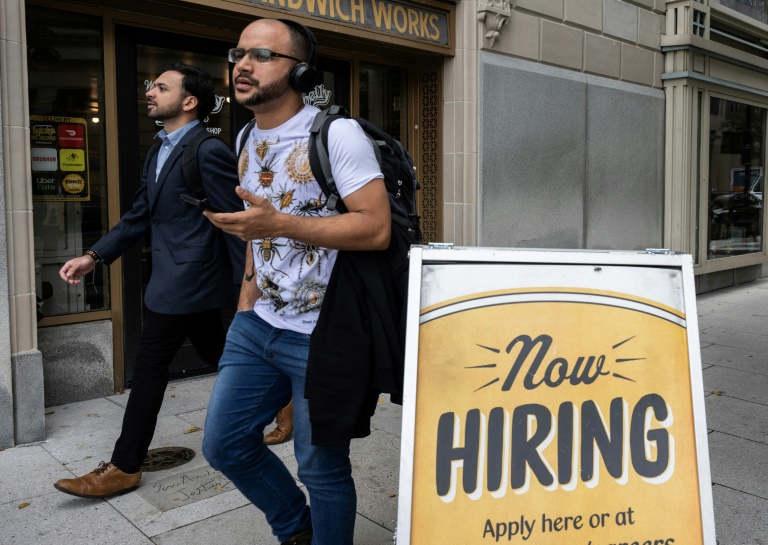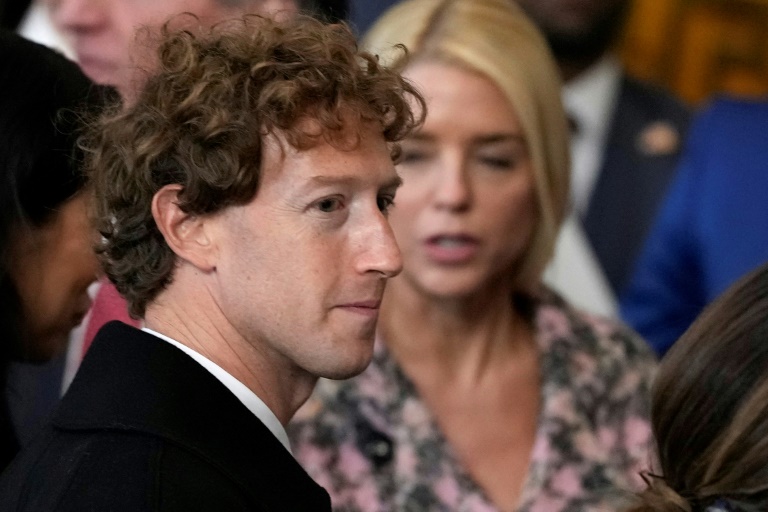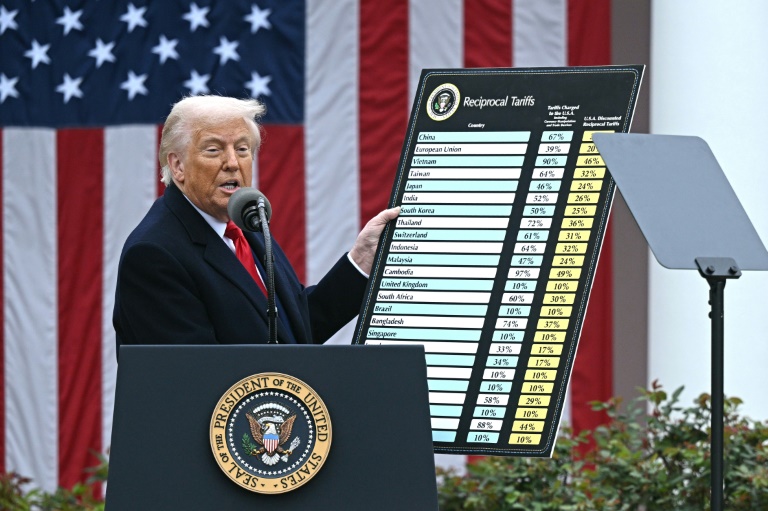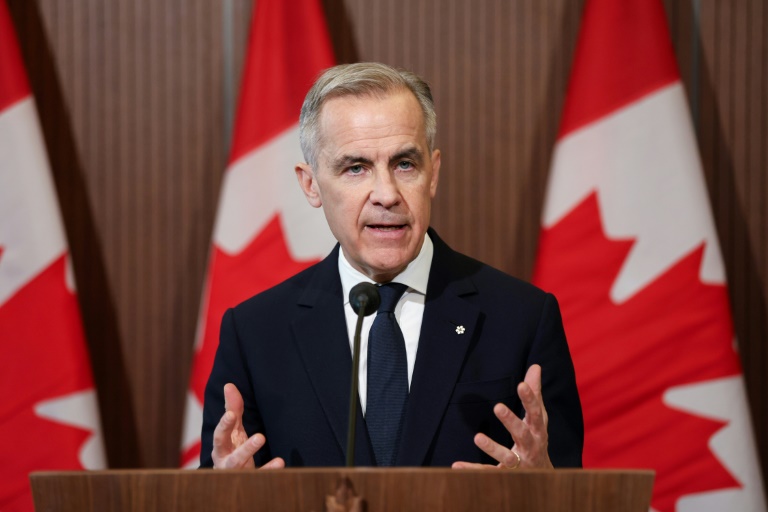Washington (AFP) – US hiring rose much more than expected last month, according to government data published Friday, increasing the chances that the Federal Reserve will remain on pause for longer as it weighs when to start cutting interest rates. The world’s largest economy added 303,000 jobs in March, up from a revised 270,000 new jobs created a month earlier, the Department of Labor announced.
The surge, coming seven months before the November election pitting President Joe Biden against former Republican president Donald Trump, was far above market expectations of an increase of 200,000, according to Briefing.com. The unemployment rate ticked lower to 3.8 percent from 3.9 percent in February, in line with expectations — and maintaining the longest streak of below-four-percent joblessness in decades.
“Today’s report marks a milestone in America’s comeback,” Biden said in a statement. “Three years ago, I inherited an economy on the brink. With today’s report of 303,000 new jobs in March, we have passed the milestone of 15 million jobs created since I took office.”
Beyond the headline number, wage growth increased 0.3 percent on a monthly basis, while average hourly earnings were up 4.1 percent from a year earlier, Labor Department figures showed. The labor force participation rate was little changed at 62.7 percent.
Many of the new jobs were created in the health care and government sectors, while construction and leisure and hospitality also saw big gains. While the overall unemployment rate fell slightly, it rose for Black Americans, while declining for both Asians and Hispanics.
Wall Street stocks closed higher on Friday, bouncing back after tumbling in the prior sessions on geopolitical concerns.
– Fed pause -Policymakers at the Fed, led by Chairman Jerome Powell, have been debating when will be the right time to begin lowering interest rates, as they look to return inflation firmly to their long-term target of two percent without damaging the buoyant US economy.
“It’s a big number, and you can’t argue with it,” Allianz Trade’s senior North America economist, Dan North, told AFP, referring to 303,000 new jobs that were created last month. “Lots of job growth, participation rates back up fairly sharply, unemployment back down a tick. So for Jerome Powell and the Federal Reserve, what more can you ask for?” he said.
“It’s strong, but I wouldn’t say it was out of whack,” said Erica Groshen, a former commissioner of the US Bureau of Labor Statistics. “This is certainly not sending a signal that the rates are too high,” added Groshen, who is also a senior economics adviser at Cornell’s School of Industrial and Labor Relations. “This would probably support any inclination to just wait a little bit longer,” she said.
Inflation fell sharply last year, while the economy and jobs markets have remained resilient. But it has edged higher since the start of the year, causing some policymakers to delay their expectations for the start of cuts. “We think the Fed is more likely to start moving in July at this point,” North from Allianz Trade said, adding: “June seems to be too early.”
– High borrowing costs -The consistently strong jobs data is good news for Biden, who is campaigning on a platform that he has rebuilt the post-pandemic US economy. However, the Democrat still faces the challenge of persistent inflationary pressures for ordinary Americans spurred by the high interest rates.
If inflation remains above target, stronger jobs and growth data will likely keep the Fed on pause for longer, pushing up the cost of borrowing for consumers and producers. This makes it harder for consumers looking to purchase a home, or to repay credit card debts, and makes it more expensive for companies to borrow to invest for the future.
“There’s never been a president that didn’t want lower interest rates all the time,” North from Allianz Trade said. “I think it’s well recognized that even though most economic measures are pretty good, people are still concerned more about inflation,” he added.
© 2024 AFP

